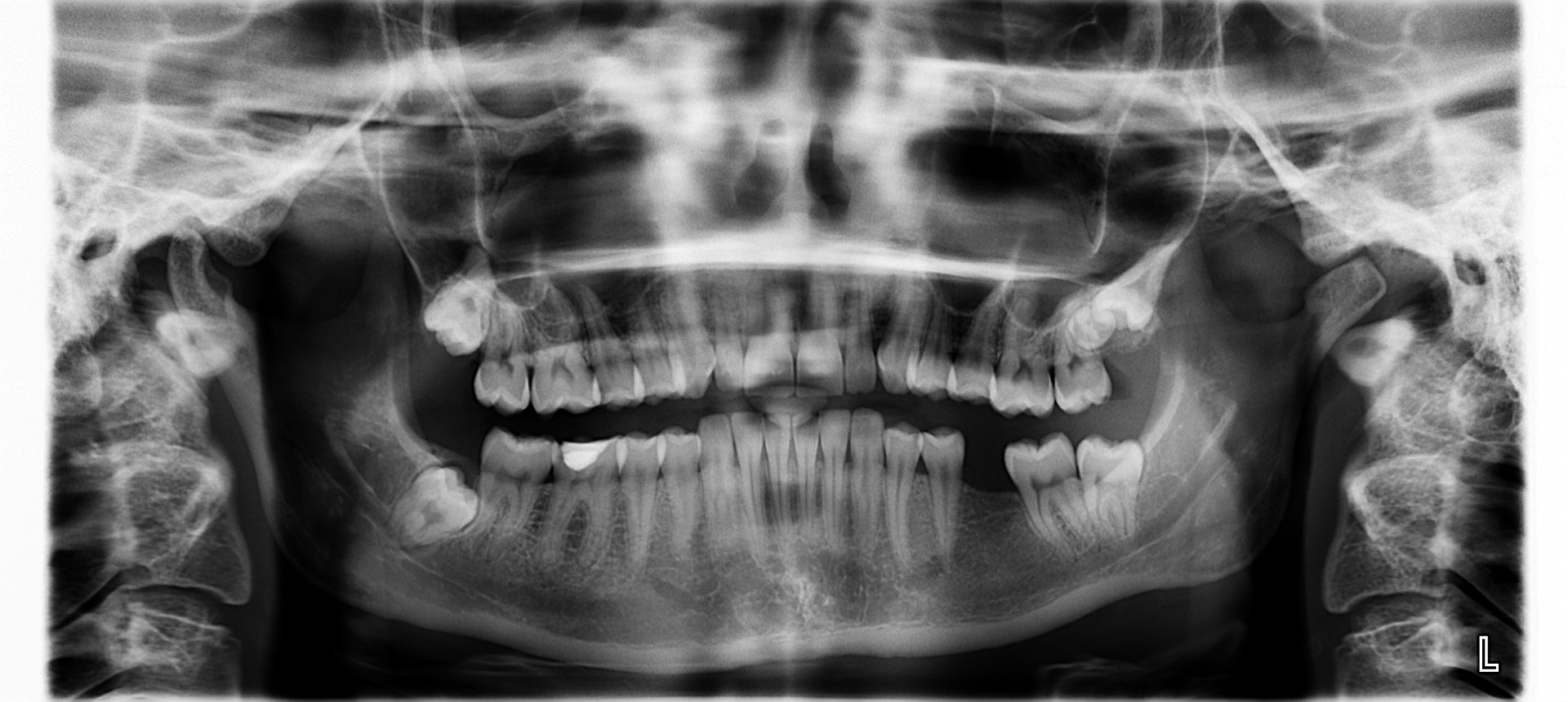A first loose tooth in a child can be endearing…but a loose tooth in an adult is a cause for worry, as well as potential pain. Fortunately, treatment for loose teeth, especially effective tooth splinting by a qualified dentist, can help repair the damage- and in many cases even help the tooth tighten back up naturally. There’s hope for your permanent teeth, so keep reading to find out exactly what you need to do if you feel a loose tooth.
What causes a loose tooth in adults?
There are many reasons you may find a loose tooth in an adult, despite the ‘permanent’ teeth they’ve developed. The most obvious cause is an accident- be it a blow to the face, tripping down stairs or simply biting down too hard on something solid. Gum disease is another top culprit. Damage caused by infections and chronic gum disease can affect the connective tissue of the gums, leaving its fit in the socket loose. If you’re a night-time tooth grinder, you can also loosen your teeth over time from the pressure of the grinding.
Regardless of the reason, rest assured that your dentist will create the right loose tooth treatment plan for your needs, and help you keep your teeth healthy and stable into the future too.
Help! My tooth is loose! What should I do?
If your tooth has just loosened, it’s important to take these critical steps. Loose teeth in an adult should always be taken seriously:
- Leave the tooth alone- the more you wiggle or pick at it, the greater the damage
- Make an appointment immediately with your dentist.
- Even if you’ve been told the tooth will need removal, don’t try it yourself- you risk infection, bleeding and fragments of the tooth remaining in the socket
- Even if you and your dentist believe the tooth will tighten back up, make the appointment anyway so you are on the same page and safe. Extremely damaged or knocked out teeth necessitate an emergency dental appointment.
- Knocked out teeth must be kept moist- see below
- Eat soft foods that won’t worsen the damage- also avoid crunchy foods that tend to get stuck in between teeth or sticky foods which may adhere strongly to the tooth surface.
- Keep the tooth clean. You will obviously not be able to brush/floss normally, so look at rinsing the mouth carefully with an antibacterial mouthwash.
I can’t go to the dentist- it’s too expensive / I’m scared
It’s important not to assume that a loose tooth in an adult immediately means you will need extensive dental restoration. Rather consult a dentist and hear out any treatment plan that is offered. All quality dentists [such as those at our stress-free Vitality Dental practice] understand that many patients dislike dental visits. ‘Gentle dentistry’ is a priority, offering sedation and other methods to help make the experience as stress-free as possible for you.
Should you not be able to get to a dentist immediately, be sure to consult with your regular dentist on how to care for your loose tooth until you can get the appointment. Remember, severely loose teeth, or a knocked out tooth, is a case for emergency dentistry so you don’t lose the tooth.
What loose tooth treatment will my dentist use?
There are several options for loose tooth treatment, which will vary depending on the extent of the damage and the cause of the loose tooth. Here are just a few possibilities.
Teeth loosened by grinding
If grinding your teeth is behind your loose tooth, then rest assured the problem is easily solved. Your dentist will treat the damaged tooth, and create you a mouth guard to wear during sleep, preventing the damage from occurring again [and saving your spouse some earache, too].
Tooth is only slightly loose
A tooth which is only slightly loose may well tighten back up itself, though it’s best to consult your dentist in case anyway. You may notice some light bleeding at the tooth, and will need to avoid biting/chewing with it- rather stick to soft foods as outlined above. Resist the temptation to poke or wiggle it [either with your fingers or your tongue] as this will make the damage worse. If the tooth doesn’t tighten up within three days, go back to the dentist- it’s likely the damage was worse than you expected.
Unexplained loose tooth
If you suddenly notice a loose tooth without an injury, the likely cause is gum disease. This begins as ‘gingivitis’, where you will notice a red tinge to your gums around the teeth, and you will find them tender. They may bleed when you brush them. If this is not treated timeously, plaque will build up on your teeth- both visibly and below the gum line. If this is not treated, it will harden into tartar…and this is where the worst issues will begin. Tartar damages gum tissue as well as leaving it chronically inflamed. You gums will bleed and pull away from the tooth, allowing ‘pockets’ of infection to form. Some other signs of gum disease include:
- Smelly breath
- Tender, swollen or visibly red gums
- Bad taste in your mouth
- Bleeding after brushing
- Visibly receding gums
- Changes in your ‘bite’ [the way your teeth fit together] or the way dentures fit
If gum disease is at the root of your loose tooth, your dentist will recommend a deep clean. This will clear away all pockets of infection, allowing the gums to heal and strengthen. The loose teeth will be stabilised via tooth splinting if required.
Notably damaged tooth [knocked out or very loose]
A tooth in this state, along with one which is chipped or fractured, constitutes a dental emergency. It’s vital to see the dentist within a few hours for the best healing results. If you want to save your tooth, it needs to be firmly seated within its socket inside of 90 minutes, for the tooth to have the best chance of survival. If you can reseat it yourself, you can attempt to do so as you wait for your emergency appointment. The tooth should be rinsed in saliva or water [don’t scrub it though], then placed back in the socket correctly, and pressed down until level with the adjacent tooth. Now find something to bite on – a damp cloth is best – until the dentist can see you to help ensure it stays in place with no further damage.
If you can’t work it back into the socket, it’s critical to ensure the tooth doesn’t dry out. ‘Save a tooth’ kits are available in some pharmacies [consider adding one to your emergency stock], or place the tooth in milk [or saliva], and get to the dentist ASAP. Tooth splinting is the best loose tooth treatment for unstable teeth or extensive damage. In this procedure, the tooth will be bonded to the teeth around it for stability, or a dental splint will be introduced to the mouth to help stabilise and protect the damaged teeth. Don’t worry if the tooth cannot be salvaged at all. Your dentist will likely recommend an implant – a specially shaped and designed prosthetic tooth that will be barely noticeable once in place, so your smile won’t be ruined.
It can be scary to discover a loose tooth as an adult- or have one knocked out by an accident. Don’t panic! Follow the steps above, and go to see the dentist as soon as possible. Loose tooth treatments such as tooth splinting can help save the tooth and preserve your dental health. If you have any concerns, or would like to know more about dental rescue procedures, please feel free to reach out to us at Vitality Dental.
What to do next
Vitality Dental offer a range of dental solutions for loose or wobbly teeth. Why not book an initial consultation with one of our clinical dentists today to discuss your loose tooth concerns.


